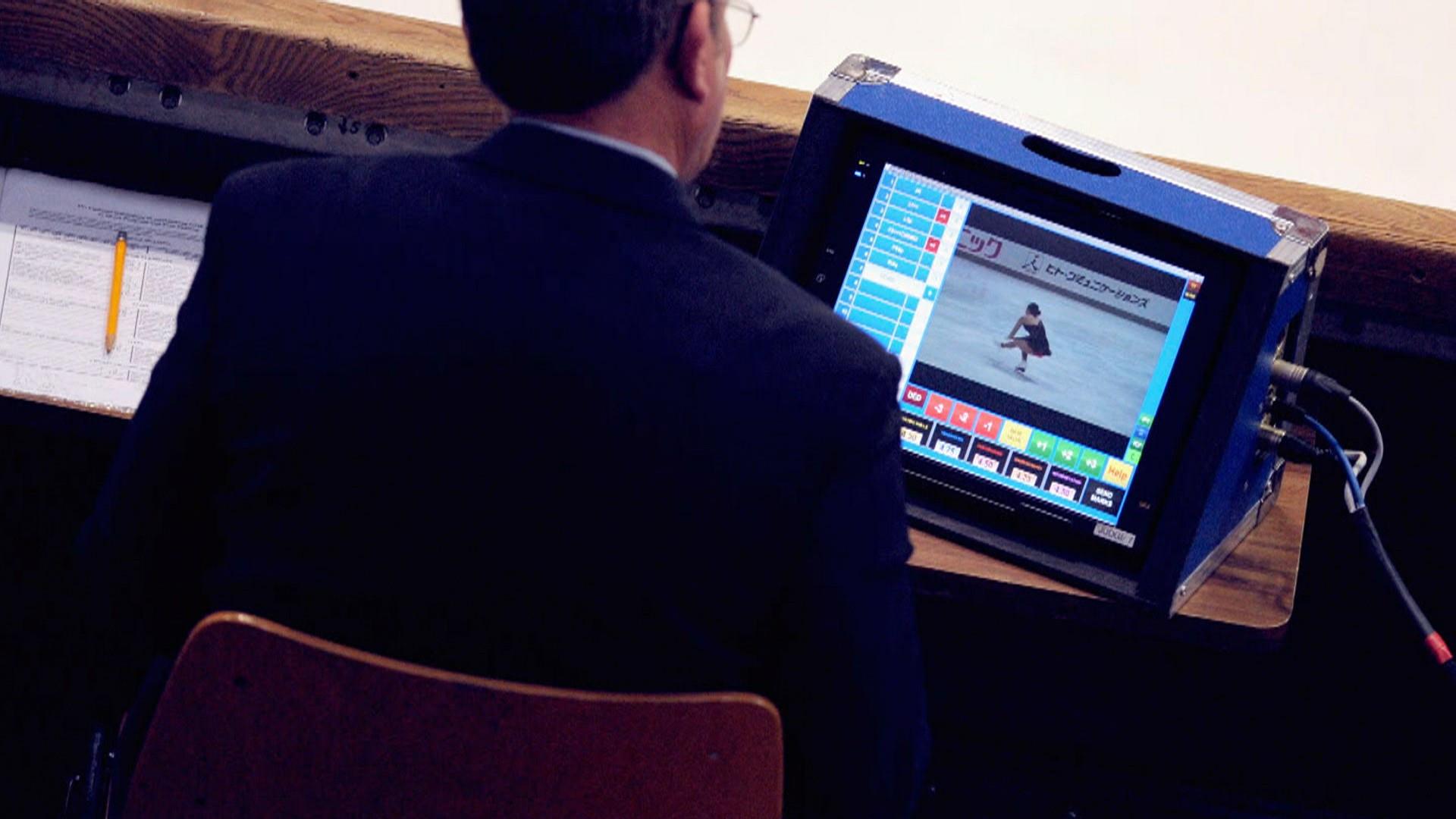The enthusiasm shown here for AI judging has really got me thinking. The more I learn about AI systems, the less enthusiastic I am about them being used in terms of judging figure skating.
These types of systems often use machine learning using preexisting data sets. Obviously this data would come from elements done under the current system. But how would this data be treated? Would the positive GOE on a perfectly executed toeloop be treated in the same way as the same amount of positive GOE on a saltoe? Would factors such Eteri bonuses in preexisting data skew the data in a way that would be antithetical to a fair judging system? The type of data that serves as a reference point is crucial to the failure or success of an AI judging system.
This is a bit more farfetched of a worry, but if an AI system were to judge component scores as well, I worry that such a system could favor certain styles of costumes or even certain physical traits.
I'm not saying that an AI system can't be used for judging in figure skating, but that doing so would require quite a bit of precaution.
These types of systems often use machine learning using preexisting data sets. Obviously this data would come from elements done under the current system. But how would this data be treated? Would the positive GOE on a perfectly executed toeloop be treated in the same way as the same amount of positive GOE on a saltoe? Would factors such Eteri bonuses in preexisting data skew the data in a way that would be antithetical to a fair judging system? The type of data that serves as a reference point is crucial to the failure or success of an AI judging system.
This is a bit more farfetched of a worry, but if an AI system were to judge component scores as well, I worry that such a system could favor certain styles of costumes or even certain physical traits.
I'm not saying that an AI system can't be used for judging in figure skating, but that doing so would require quite a bit of precaution.




